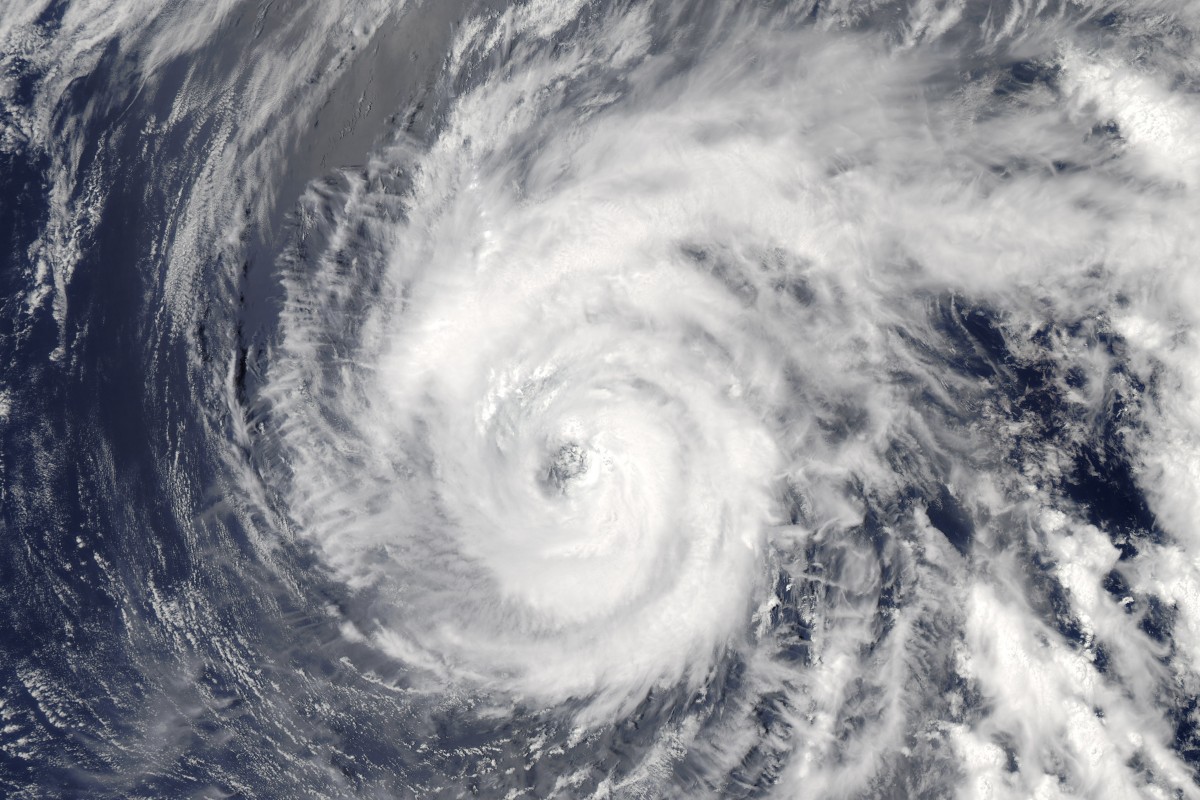 Hurricane season is in full swing in many parts of the world.
Hurricane season is in full swing in many parts of the world.
On September 4th, typhoon Jebi hit the shores of Shikoku, the smallest main island of Japan and over time, made its way north. Winds reached up to 250 km/hr in several areas, accompanied by heavy rain that caused flooding.
Now, another monster typhoon, Mangkhut, is bearing down on the Philippines and heading towards the most populated island. Meanwhile, the south-eastern coast of the U.S is bracing for hurricane Florence as more than 300,000 people have been evacuated from the coastal areas.
A Tropical Storm
You may know them as hurricanes, typhoons or cyclones, but they are just different terms to describe tropical storms in different parts of the world.
 For hurricanes to form, two main ingredients are necessary - warm water and winds that don't change much in speed or direction as they go higher in the atmosphere. Warm ocean waters with a surface temperature of about 26 C or higher provide the energy needed for a storm to become a hurricane. When wind speeds reach 35 to 65 mph, they become tropical storms. This is usually when meteorologists give it a name.
For hurricanes to form, two main ingredients are necessary - warm water and winds that don't change much in speed or direction as they go higher in the atmosphere. Warm ocean waters with a surface temperature of about 26 C or higher provide the energy needed for a storm to become a hurricane. When wind speeds reach 35 to 65 mph, they become tropical storms. This is usually when meteorologists give it a name.
The storm begins to take a distinct shape and starts to circulate like a hurricane. Curiously, as the wind picks up speed, the pressure in the center of the storm begins to rapidly drop giving it more momentum to move and the ability to rotate (like a spinning top). The center of the hurricane is called the 'eye'. Surrounding the eye is the region with the most intense winds and rainfall. This region is called the 'eyewall'.
While it takes about one to two weeks for a disturbance to become a depression, it can take just a few hours for a depression to become a hurricane. Most disturbances dissipate and never become dangerous. It all depends on the atmospheric and ocean conditions at that place and time.
Typhoon Jebi was the largest typhoon so far this year, and the strongest one Japan has seen in 25 years. This devastating typhoon is a category-3 typhoon out of a maximum of 5. While there were not many injuries and casualties, flights were canceled, train services were stopped, and factories paused production, not to mention the floods and rains that flooded the cities.
A Double Whammy
Two days after the typhoon, an earthquake of magnitude 6.7 struck the island of Hokkaido in northern Japan. While the quake did not cause a tsunami, it did cause devastating landslides and intense aftershocks. Streets cracked and houses were buried in the landslide, killing 41 people. Electric power was cut off from over 3 million homes after a thermal plant was hit by the quake.
Japanese scientists believe the landslides were the result of the island's volcanic soil being drenched by rain from typhoon Jebi just days earlier. The wet pumice layers were easily moved by the shear forces generated from the earthquake. Unfortunately, aftershocks continue to rattle the island and with storm season in full swing, countries around the worlds are bracing for what is yet to come.
Sources: Al Jazeera, NASA, Express.co.uk, Globalnews







